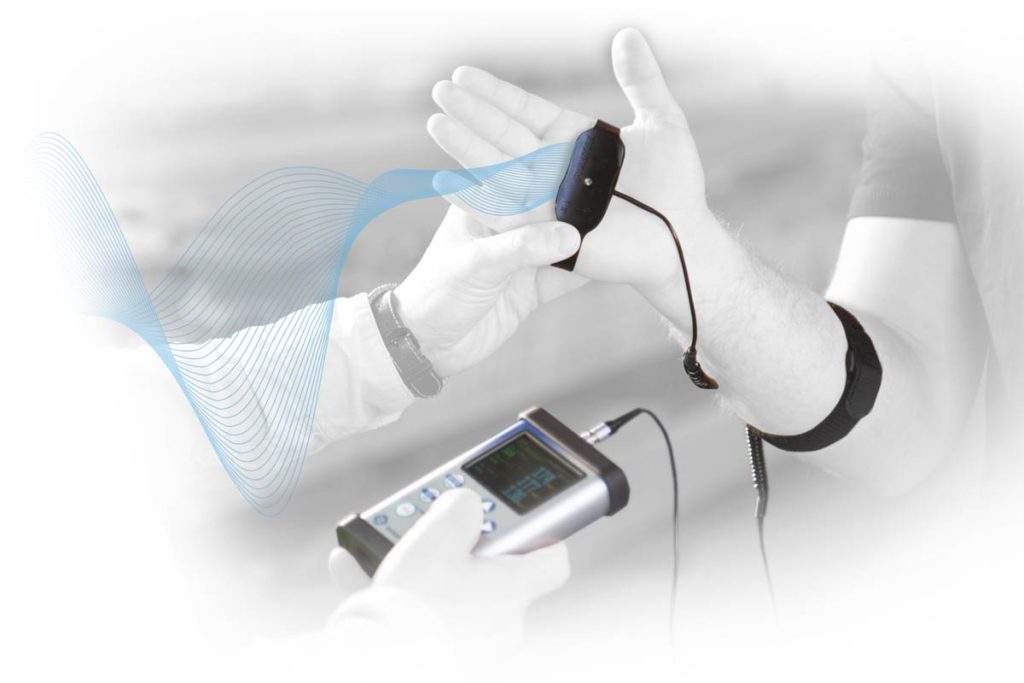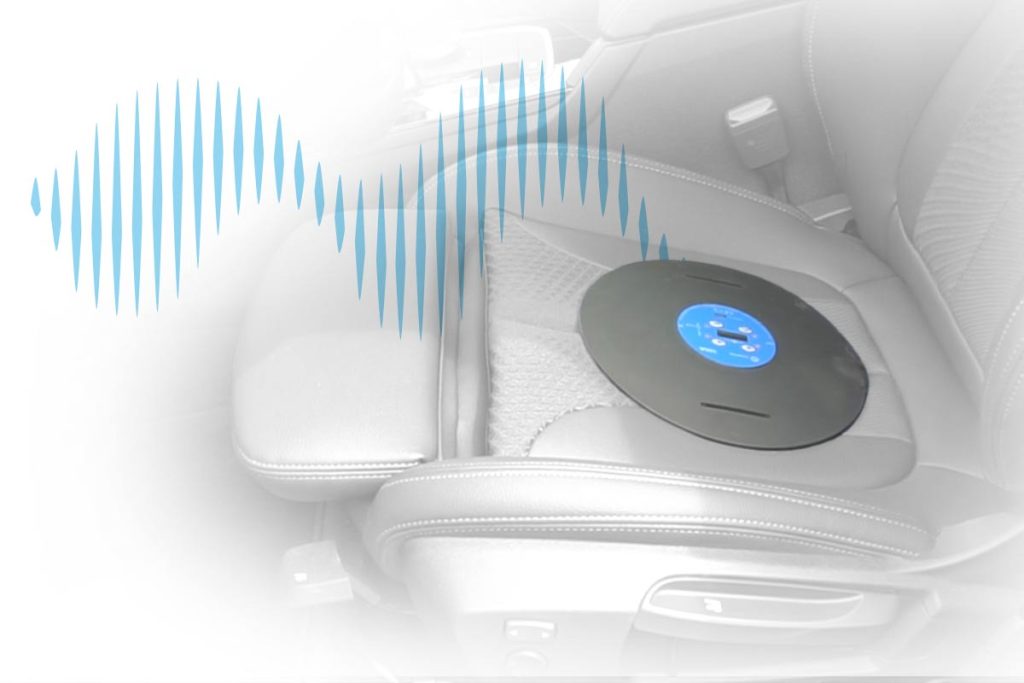TEDS sensors operate in a mixed-mode, meaning they support both analog and digital operation:
- In analog mode, the sensor works like a traditional transducer, outputting a standard analog signal.
- In digital mode, the device reads the calibration and identification data stored in the memory using a TEDS-compatible instrument.
The IEEE 1451.4 standard defines two implementation classes:
- TEDS Class 1 – both analog signal and digital data are transmitted via a single wire; switching between modes is achieved by applying negative bias.
- TEDS Class 2 – analog and digital signals are transmitted via separate lines, allowing simultaneous measurement and communication without switching modes.
SVANTEKtransducerssuch as the SV 38V and SV 105DF implement TEDS Class 2, where signal lines are physically separated. This enables full access to TEDS data without interrupting ongoing measurements.
The SVANTEK SV 106D human vibration meter supports both Class 1 and Class 2, allowing compatibility with a broad range of sensors on the market.
Vibration measurements—performed in accordance with ISO 2631 for whole-body exposure and ISO 5349 for hand-arm exposure—greatly benefit from the use of TEDS-equipped sensors. These smart transducers, featuring integrated memory, store key calibration parameters and allow for quick setup and error-free system integration.
Measurement instruments, such as dual triaxial human vibration meters (e.g., SVANTEK SV 106D), automatically detect the connected sensor and load the corresponding TEDS data. This significantly speeds up configuration, eliminates errors, and ensures a fully traceable measurement path.
In whole-body vibration monitoring, seat accelerometers with TEDS, such as the SV 38V, are placed on the seat base or backrest and record vibration in three axes over a wide frequency range.
In hand-arm vibration applications, accelerometers with contact force detection, such as the SV 105DF, help eliminate data from periods when there is no proper hand-to-tool contact, ensuring accurate readings.
In-situ calibration is supported by portable vibration calibrators, such as the SV 111, and dedicated adapters for verifying both vibration and contact force.
With TEDS technology, vibration measurement systems become more efficient, robust, and user-friendly, especially in environments where multiple sensors are used and setup speed is critical.

